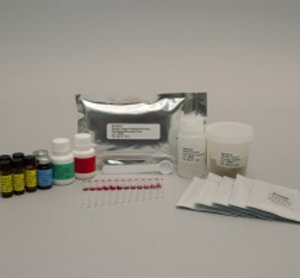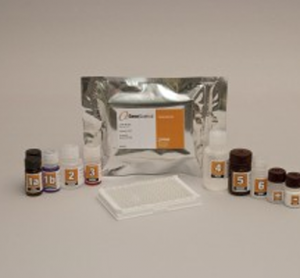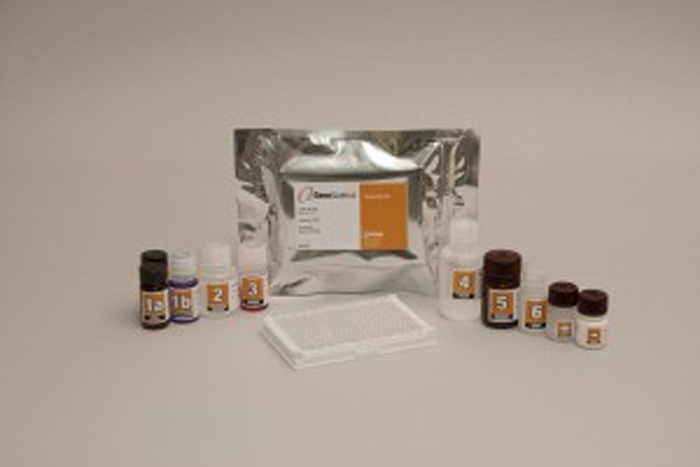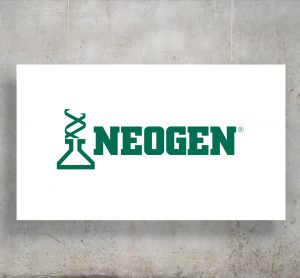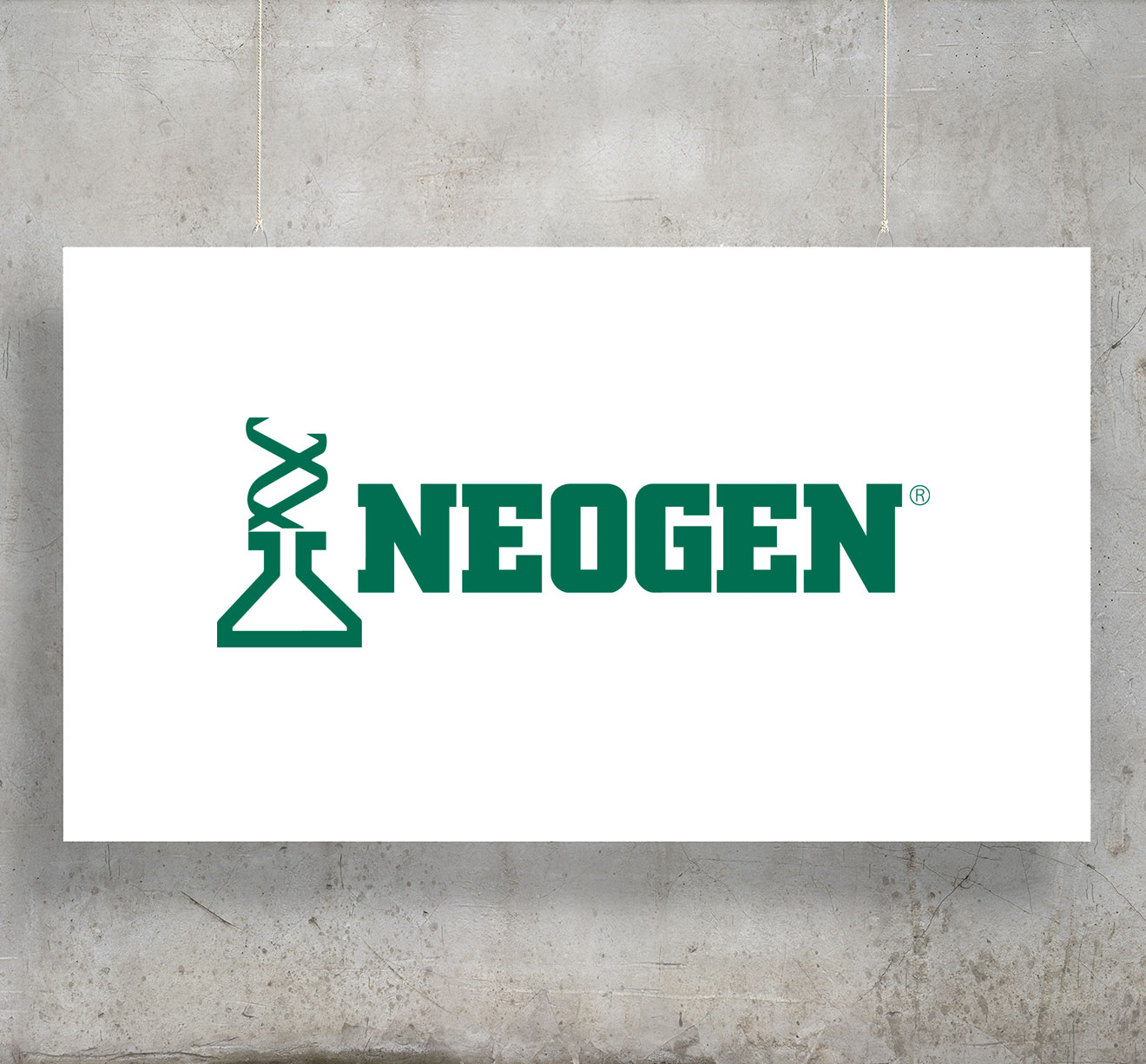Oxoid Brilliance Staph 24 Agar Identifies Staphylococci in Foods within 24 Hours
23 March 2010 | By Oxoid
Oxoid, a world leading microbiology brand, today announced the launch of Brilliance™ Staph 24 Agar - a selective and diagnostic chromogenic medium for the isolation and enumeration of coagulase-positive staphylococci (CPS) in foods, within 24 hours.



